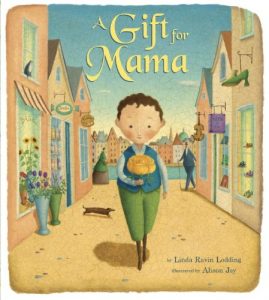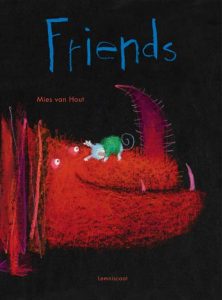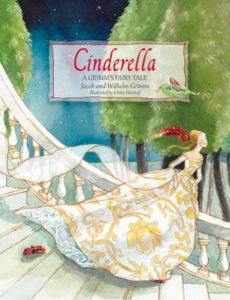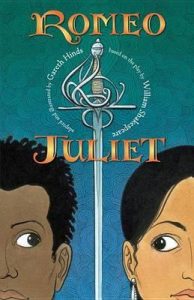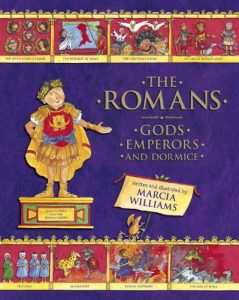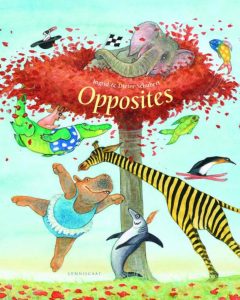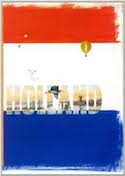
Holland – a land full of surprises, strange traditions, free-spirited people and a rich history. Charlotte Dematons, known for her well-loved picture book The Yellow Balloon, grew up in France, but moved to the Netherlands to study art as so many have before her. With the eye of an outsider but a warm heart for the country that became her new home, Charlotte Dematons paints with a keen eye for the detail for everything that makes The Netherlands so Dutch.

